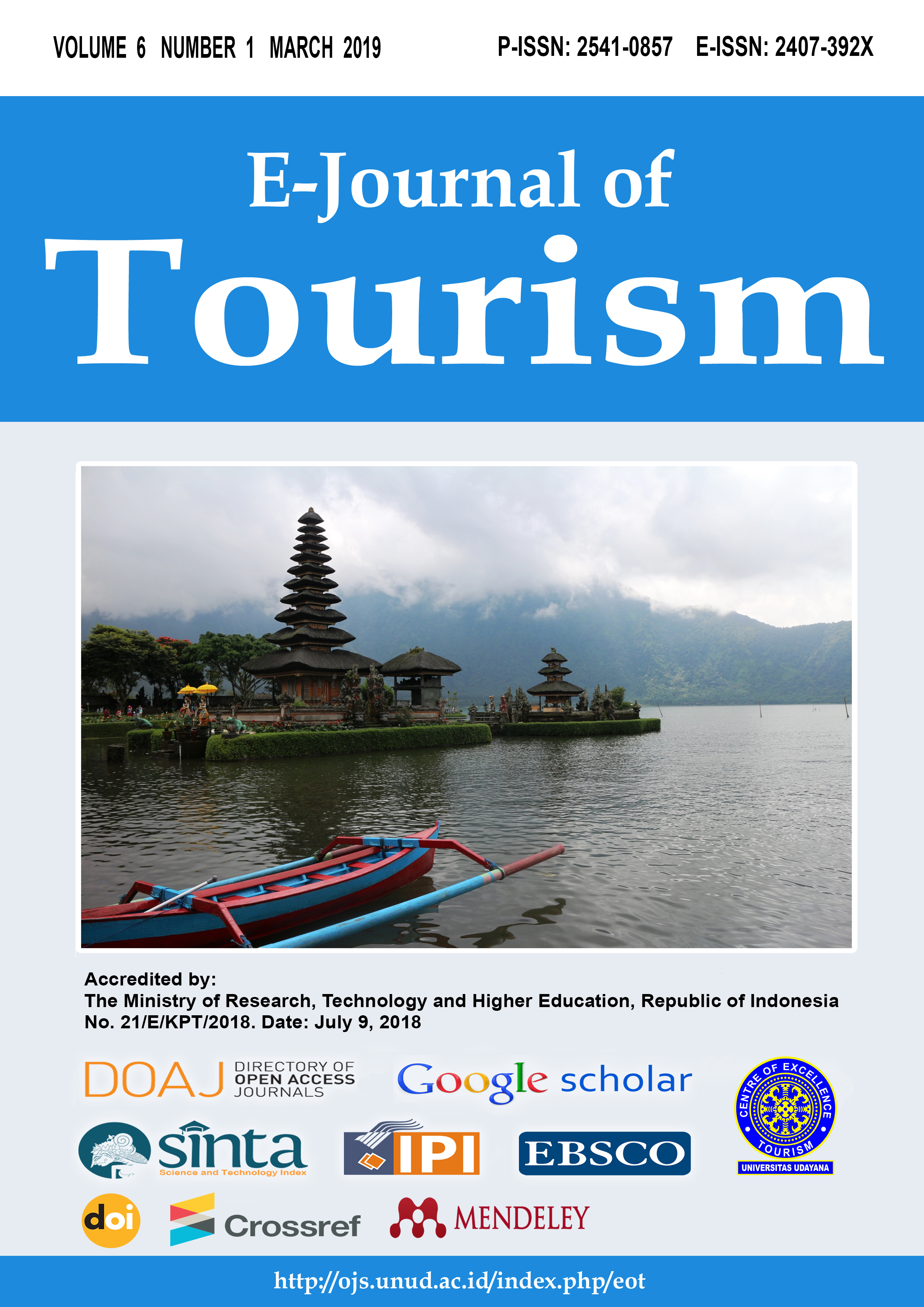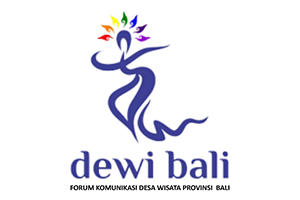Rapid Growth of Hotels in Yogyakarta and Its Relation to the City's Water Supply
Abstract
As tourist destination, Yogyakarta offers a complete tourism package from man-made environment such as Ullen Sentalu Museum and the ancient temples to natural environment such as Mount Merapi. Roughly five million tourists, both locals and foreigners, were visiting the city in 2017. Furthermore, eighty percent of the tourists are reported staying at hotels and any other form of accommodation. The high number in accommodation demand makes hospitality business to flourish and more hotels to be built. However, the stated development might violate the environmental carrying capacity. The concern rises after the city’s residents started to link the growth of hotels development with water shortage in several parts of the city. Two sets of urban layer related to clean water supply is presented and ,with the support of numerical data about the growth of tourist accommodation, is analyzed to give scientific base to the issue and as preliminary study on formulating the solution to the issue.
Downloads
References
Ashworth, GJ. 2012. “Do We Understand Urban Tourism?” Journal of Tourism & Hospitality 01(04): 1–2. https://www.omicsonline.org/open-access/do-we-understand-urban-tourism-2167-0269.1000e117.php?aid=8144.
Butler, R.W. 1974. “The Social Implications of Tourist Development.” Annals of Tourism Research 2(2): 100–111. https://www.sciencedirect.com/science/article/abs/pii/0160738374900255.
Dinas Kepariwisataan DIY. 2016. “Statistik Dinas Kepariwisataan DIY 2016.” Statistik Kepariwisataan DIY 2016.
Gausset Q., M. Whyte and T. Birch-Thomsen. 2005. Beyond Territory and Scarcity: Exploring Conflicts over Natural Resource Management. Uppsala: Nordic Africa Institute.
Hunter, Colin. Green, Howard. 1995. Tourism and Environment: A Sustainable Relationship? London: Routledge.
Manifesty, Odilia Renaningtyas. 2017. “The Impact of Tourism Development towards Urban Livability Case Study of Yogyakarta.” National University of Singapore.
Schröter, Regina, Aleksandar S. Jovanovic, and Ortwin Renn. 2011. “Social Unrest.” OECD/IFP Project on “Future Global Shocks” 33(December): 101. http://www.oecd.org/gov/risk/46890018.pdf.
Sudarmadji. 1994. “Some Notes on Groundwater As A Domestic Water Supply of The Yogyakarta Municipality.” Indonesian Journal Of Geography 26(28). https://jurnal.ugm.ac.id/ijg/article/view/2204.
US Geological Survey. 1999. “Quality of Ground Water.” U.S. Geological Survey General Interest Publication. https://pubs.usgs.gov/gip/gw/quality.html (August 29, 2018).

This work is licensed under a Creative Commons Attribution 4.0 International License.
The copyright of the received article shall be assigned to the journal as the publisher of the journal. The intended copyright includes the right to publish the article in various forms (including reprints). The journal maintains the publishing rights to the published articles.




















